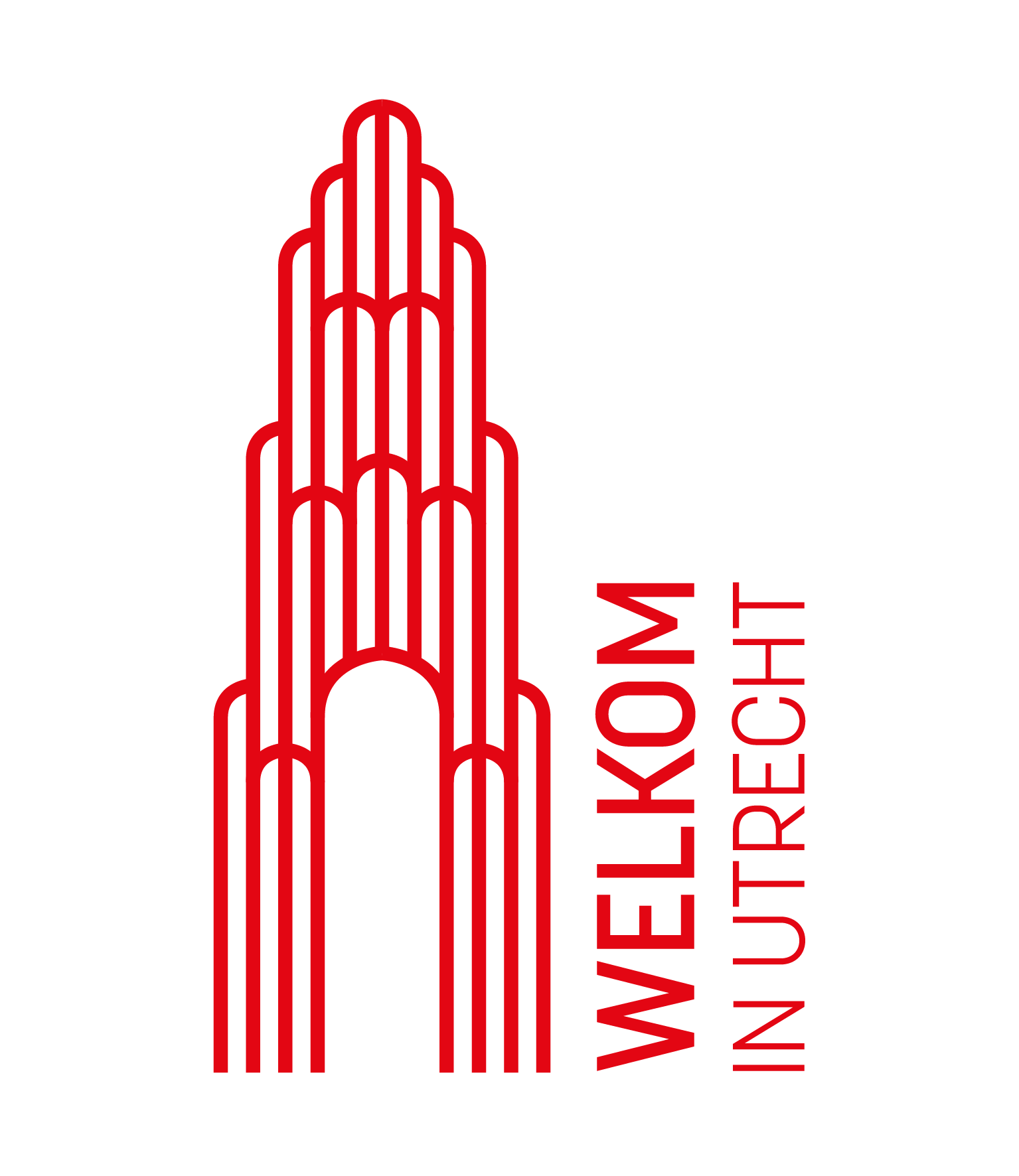More information
Welcome in Utrecht is committed to refugees in Utrecht. Here you can find more information about this very diverse group of people.
Where do refugees come from?
Refugees come from all over the world. The largest groups of refugees in the Netherlands currently come from Ukraine, Syria, Eritrea, Afghanistan, Iraq, Iran and Turkey. The reasons why people flee vary. Most often it is because of war, violence and persecution. For more information on why people leave their homes: visit the website of VluchtelingenWerk. On UNHCR’s website you can find figures and other information on refugees worldwide.
What is the difference between refugees, asylum seekers and status holders?
There is quite a bit of confusion about the terms refugee, asylum seeker, and status holder. Simply put, a refugee is someone who has fled their country because they are in danger there. Someone who seeks protection in the Netherlands and wants to be recognized as a refugee must apply for asylum here at the Immigration and Naturalization Service (IND). The IND tests whether this person meets the admission criteria in order to obtain such recognition. During this investigation, the refugee is an asylum seeker, and this person is entitled to shelter. This is usually in an asylum seekers’ center (azc). If the asylum seeker is indeed recognized as a refugee, they receive a (temporary) residence status. Someone with such a residence permit is called a status holder. A status holder is entitled to housing, must integrate and is allowed to work. Check the UNHCR website for more information on these terms – and for more information on refugees worldwide.
Ukrainians who fled the war are in an exceptional situation. They fall under the special Temporary Protection Directive (RTB) which means Ukrainians are allowed to work and travel visa-free in the European Union. Therefore, Ukrainians do not currently have to apply for asylum to stay legally in the Netherlands.
Welkom in Utrecht generally only uses the term refugee because everyone with a refugee background is welcome to participate in our activities. Therefore, it does not matter whether or not people are in an asylum procedure or have a residence permit.
How does an asylum procedure work?
For information about the asylum procedure, we would like to refer you to other organizations. Take a look at the websites of the national government and the website of the Dutch Council for Refugees. The Central Agency for the Reception of Asylum Seekers (COA) also provides information about this.
People who have sought asylum have various rights and obligations in the Netherlands. For example, children under 18 can go to school. Asylum seekers have the opportunity to work in some cases. But in practice, people have very little to do during the time they are in the asylum procedure. It is often a passive and at the same time stressful period of waiting. As a result, many people at this stage feel that they are at a standstill and that they have lost control of their own lives. The chances of getting mental problems are high during this period.
That is why the activities of Welkom in Utrecht are so important: in these activities you are approached as a human being – and not as a refugee – and you can relax. You can also meet new people, get to know the environment (better) and learn new things. Read here the experiences of Ashebir, Orrwa and Rima, about what Welkom in Utrecht and our activities have meant to them.
Where are refugees accomodated in Utrecht?
Fled Ukrainians are allowed to decide themselves where to stay. If they cannot find shelter, they can report to the municipality responsible for this reception (unlike asylum seekers for whom COA is responsible). In Utrecht there are several reception centers run by the Salvation Army, the Intermediate Provision or the Red Cross. People also live in private homes such as with host families. In total, there are about 1,200 people. So for refugees from other countries, the reception is arranged by the Central Agency for the Reception of Asylum Seekers (COA). They currently have these reception centers in Utrecht:
- AZC Joseph Haydnlaan with space for up to 600 residents including a group of up to 40 unaccompanied minor asylum seekers (AMV’ers).
- Emergency shelter Biltsestraatweg with space for up to 350 residents.
- Emergency Shelter Pahud de Mortangesdreef Emergency Shelter Pahud de Mortangesdreef for up to 300 refugees. This is done according to the Plan Einstein concept and therefore 30 Utrecht youth are also housed there. At this Plan Einstein location, the Living Room is managed by Welkom in Utrecht.
- In De Meern is a shelter location for up to 16 unaccompanied minor asylum seekers
- On Ravellaan is a shelter where Ukrainians are housed as well as up to 40 unaccompanied minor asylum seekers.
A status holder is entitled to housing and usually still stays in an asylum seekers’ center until housing is available. See this site from the national government for more information on housing for status holders.

